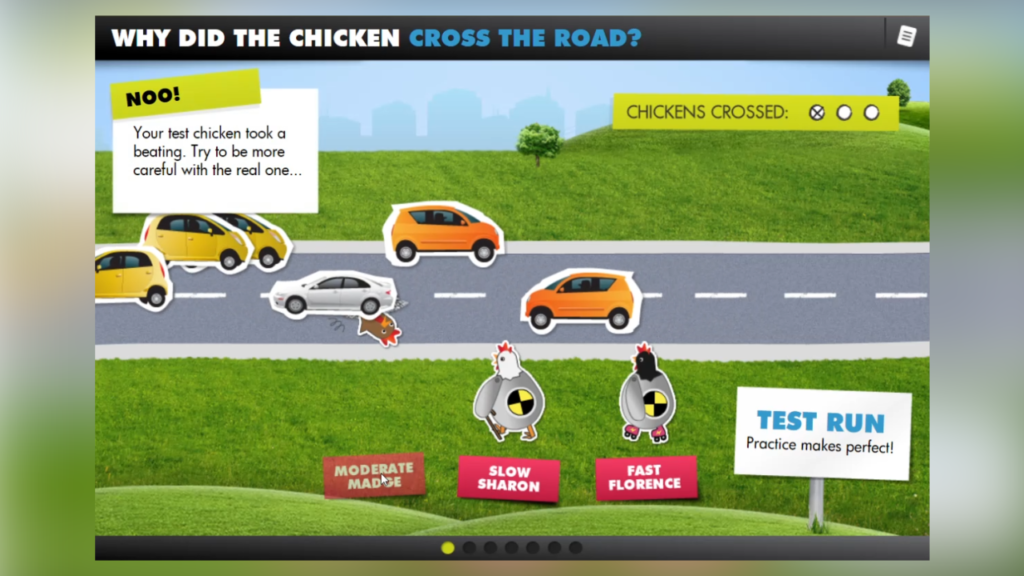Solving the problem at the source
Although it may sound contradictory to say there is a ‘one size fits all’ solution, using e-learning rather than traditional learning can mitigate every one of these accessibility issues, and has a number of great benefits as well.
Location
E-learning can be done anywhere, which as we’ve established, solves a number of issues. Whether someone is working from home, or they are comfortable in their working environment, being able to do the training wherever suits them is always a great bonus to any e-learning.
Pace
Even with the most basic e-learning such as reading a document, this can be done at whatever pace suits the learner best. Which means no confused glances as a teacher rattles through information. Each employee can go through the information and take the time they need to process.
Feedback
E-learning can easily have a range of different feedback integrated into the learning. Something that can then channel into in person reviews, this allows users to ask whatever questions they need privately and ensures no one is left out or missed.
More engaging
You may have heard of the term gamification, in reality it’s just a fancy word for interactivity; and utilising it in your e-learning can have huge benefits for engagement. Adding interactive quizzes and puzzles help those who struggle to focus as you have to actively engage with the content to progress.
Consistency
E-learning will always be the same for every user, meaning every user gets the same information. It might seem like a simple benefit, but it sets an even playing field for all employees, and makes sure that information is taught effectively.
Easier to tailor to different learners
Different softwares can assist with auditory or visual impairments and the same information can be edited to suit different types of learners. Even different types of interactivity can be used to ensure everyone gets the most out of the learning
What options are available
There are a huge range of different e-learning options. Simple question and answer quizzes are already more engaging than classroom learning. However they can be made to be simple, concise and easy to understand by having text, videos then quizzes. Although this isn’t the biggest application of interactivity, it still has the location, pacing and digital benefits over traditional learning.
You could also have features such as branching storylines. Adding a narrative can help learners learn the cause and effect of the subject matter by having different outcomes based on their choices. This not only helps employees apply the subject matter, but the narrative also motivates them to go through the lesson, and as different people could get different outcomes, it makes it exciting to discuss with your colleagues.
As we’ve already mentioned, integrating any type of feedback can be hugely beneficial for a number of reasons. This can be done in a variety of ways, this could be as simple as confetti going off when answering a question correctly, all the way to an analysis of strengths and weaknesses.
Interactivity can also be as complex or as simple as needed. E-learning in its most complex cases could mean virtual reality, however it could also be as simple as videos and digital hand outs. Whatever your subject matter, interactivity can be a huge benefit, and can be tailored to fit your use perfectly.
Although all of these options have a variety of different uses and benefits, you have to keep your eye on the ball. The main two focuses of your training should always be the subject matter, and the people doing the training. What is the most effective way to get this important information into the minds of the people who need it?












